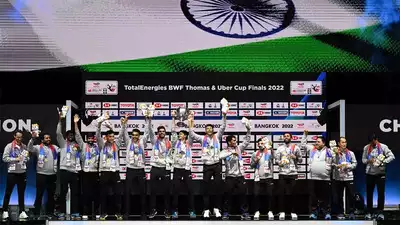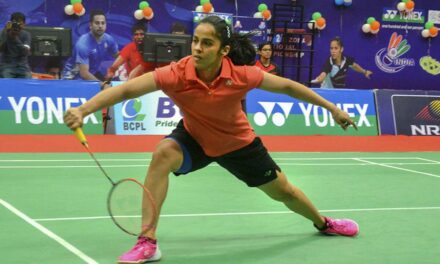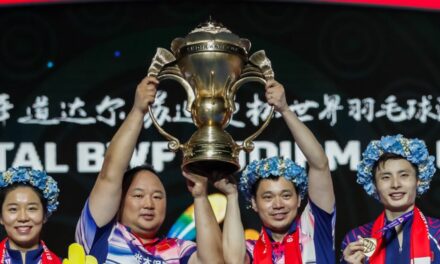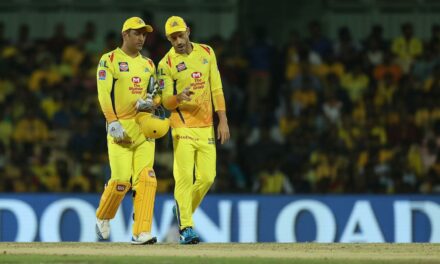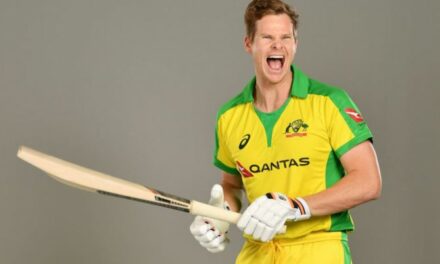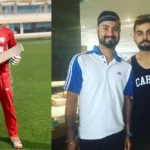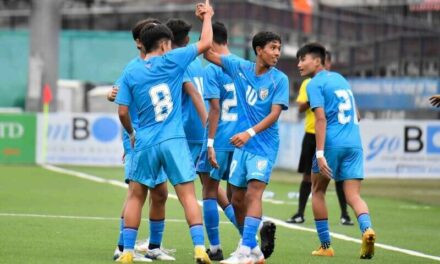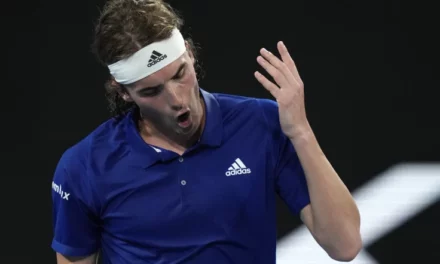
Virat Kohli throws down the gauntlet to the BCCI: If you want, remove me as ODI captain
It is interesting how Virat Kohli blamed workload management as the reason for stepping down as T20 captain.
It’s not surprising that he didn’t make any harsh self-assessment on his captaincy but it has thrown up a few questions. Post-pandemic break since December 2020, India has played just 8 T20s. Besides, it is a no-brainer that the most intense T20 captaincy job isn’t the international games but the IPL. So will Kohli step down as the RCB captain? By still playing all the three formats, and resigning from the least-played format, the work-load question is still not resolved.
More questions swirl. Is this decision sustainable? What if Rohit Sharma led India to consistently winning T20s, how easy it would be to resist the temptation to give him the white-ball role in ODIs as well. Especially, as the personnel in white-ball cricket is largely the same across the two formats for India.
The 2023 ODI World Cup at home might have been an understandably irresistible carrot to resist for Kohli. No one can blame him for ambition, it’s what took him to these dizzying heights, but it’s a job for the board and selectors to decide. In some ways, Kohli has thrown the gauntlet to the BCCI – if you want, remove me from ODIs; the ball is in your court. Which is perfectly understandable of course. As in case of retirement, the decision about the captaincy shouldn’t be left to the players. It should be the call of the selectors. Perhaps, the board will take that call sometime next year after watching how Rohit Sharma leads.
Another interesting angle is how the recent times Kohli has moved in the perception scales as the man to lead in Tests. In it, Kohli is the Anti-Dhoni, of our times. With MS Dhoni, Test match captaincy seemed to stretch and test his instinctive capabilities. By the end, it appeared he was more at home landing up on the field and taking punts with the clock ticking down. A T20 and ODI allowed him to do that. Tests, with its open nature and which requires a lot of systematic pre-game preparation and extensive man-to-man work off the field, didn’t quite sit well with him. He would often let things drift. The white-ball icy-coolness seemed like a shrug of resignation to an event unfolding across five days.
Somehow, Kohli has managed to find himself on the opposite spectrum. Nowhere close to Dhoni’s tactical acumen, but seemingly more devoted to the Test format, and equipped with the free-flowing tactical help from the head and bowling coaches, he has flowered. His tactical nous was much better in the recent Test series in England.
Incredibly, counter-intuitively, he manages to sustain his intensity over sessions across five days. By remaining open to the tactical calls from the coaches Ravi Shastri and Bharat Arun, he continues to shine in the Tests. When he started his captaincy, it did seem that his fiery nature would suit the short formats where he can sustain and carry the team with his intensity levels but as IPL history has proved, in T20 it often comes to that instinctive tactical decision taken in the middle. Plus the choice of personnel and balance of the team – Kohli hasn’t cracked that code yet.
The IPL chapter hasn’t been the shining light on his CV but this year India, under Kohli, hasn’t lost a T20 series. They have got the better of England (3-2), Australia (2-1), Sri Lanka (2-0), and New Zealand (4-0). As with his ODI role, the criticism isn’t about lack of consistent wins but the empty cabinet. India has competitively advanced so much that the heat is on due to lack of big-ticket ICC trophies.
In that, Kohli can be satisfied that he isn’t handing a leaky boat to Rohit Sharma but one needs a more judicious push near the finish line in big tournaments. Sharma doesn’t have the turn around this team, he just needs to polish it as he has done for Mumbai Indians. The board played the Dhoni card rather smartly for this T20 World Cup. A triumph won’t just be seen as Kohli’s and there won’t be any closure achieved on his captaincy.
In the long run, say in a year or so, India might find itself with a decision to make not just with ODI captaincy but also with Tests. A split captaincy of the type seen in England is easier to sustain. Eoin Morgan isn’t in the Test team and Joe Root isn’t in the T20s. The Indian experiment with stars of equal stature present in all formats would need maturity not just from the two but also from the rest of the team.
In that regard, the choice of the next coach of the Indian team after the T20 World Cup would be very crucial. In some sense, more than Kohli and Sharma, the man who would replace Shastri could find himself with the most difficult job of them all.

